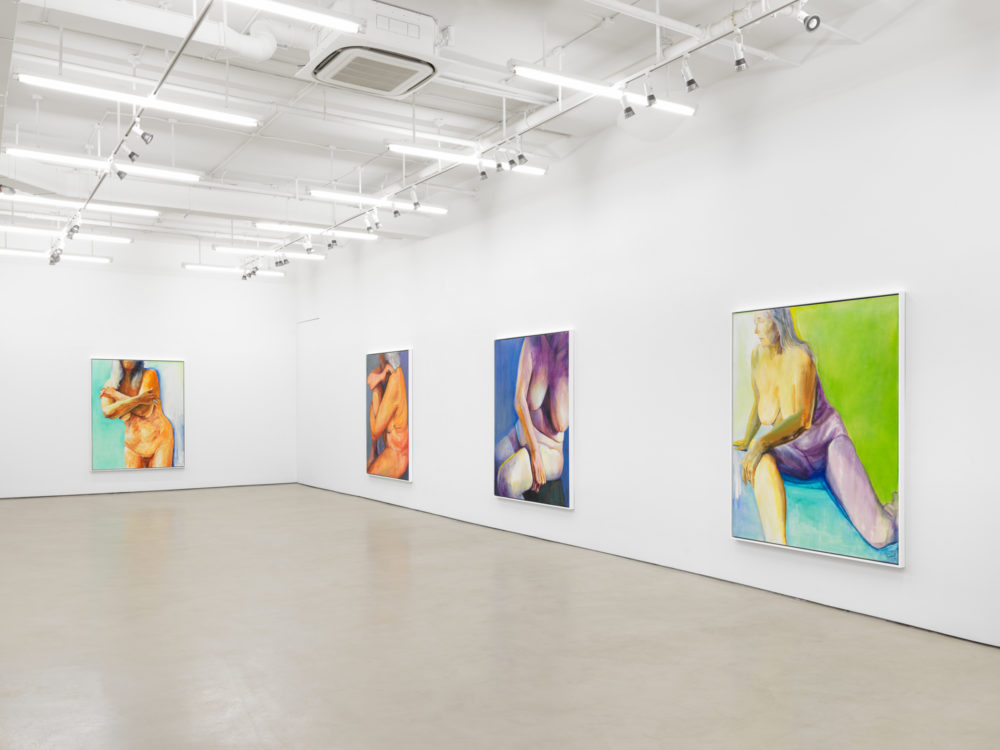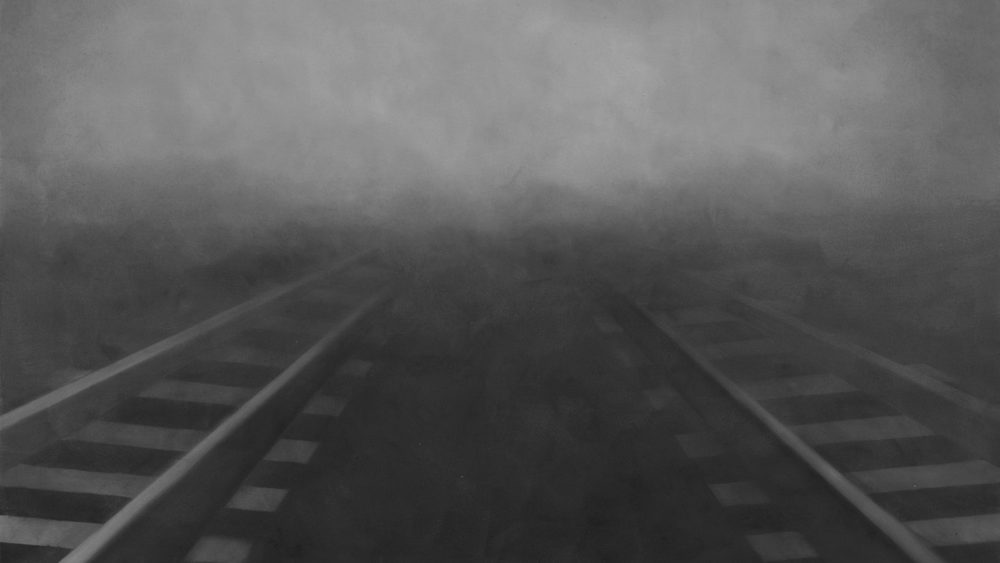Alice Neel: People Come First, on view at the Metropolitan Museum of Art through August 1, 2021, could be an unexpectedly emotionally intense experience for… Continue Reading “Alice Neel: People Come First” at the Metropolitan Museum of Art
Posts tagged as “painting”
Despite a month of chilling temperatures, Joan Semmel’s captivating new paintings on view in A Necessary Elaboration at Alexander Gray Associates (January 10 – February… Continue Reading Reflections on the Body and Self in Joan Semmel’s New Paintings
“The horror of looking is not necessarily in the image but in the story we provide to fill in what is left out of the image.” -Marianne Hirsch [1]
A recent survey conducted in February 2018 by the Conference on Jewish Material Claims Against Germany found that 49% of Millennials cannot name a single concentration camp or ghetto among the dozens that operated during the Holocaust.[2] Just one month after the survey’s results became public, an exhibition of California-based artist Natalie Arnoldi titled This Happened Here opened at Charlotte Jackson Fine Art. Five large-scale paintings by Arnoldi, which were not for sale, went on view from March 9th – 31st at the gallery in the trendy Railyard District of Santa Fe, New Mexico. These five paintings offer one avenue through which contemporary art can minimize the distance between a contemporary public and a historical event like the Holocaust.
An obscure, grainy oil painting of railroad tracks descending into the bleak distance rendered in greys, whites, and blacks titled Helix (2012) functioned as the meaningful starting point of the exhibition. A few years ago, a woman visited the studio of artist Charles Arnoldi, Arnoldi’s father, where one of his daughter’s train track paintings was hanging. Upon viewing Arnoldi’s painting, the woman burst into tears. She explained that her grandmother was a survivor of Auschwitz-Birkenau and that the work had reminded her of her grandmother’s arrival to the camp. Her reaction is a potent reminder that art does not exist in a vacuum. It is also a profoundly interesting example of the power of post-memory.

“[…] he mistook the curtains of the window of his room for a canvas, and he kept describing what he was painting: the colors, shapes, and shades.”[3]
On broad empty surfaces, marks begin to show—indicative of fragility, a sense of loss? Or expectation? Thought-full? Thought-less? Mannerisms coincide. A type of gestural painting that emerges out of contradictions. Too much, I felt, too much pathos. Yet architectonic enough to let that pathos live, consume, burn out. “The Fire that Consumes All before It” he wrote in a 1978 painting. The type of art that requires more of the viewer, becoming manifest only after the first impatient encounter is past.
In museums I often grow impatient. It happened with Twombly every single time, while secretly I was flirting with those scratches and scribbles and grays, seduced by the casual violence of raw color stacked atop the fibers, the mad mess that verged on spilling onto the clean white gallery walls. That whole magnificent period in the ‘50s during which his life and career intersected with those of Robert Rauschenberg and Jasper Johns intrigued me. Likewise, his subsequent move to Italy: rare expat, never to return from a strange form of self-imposed exile.



